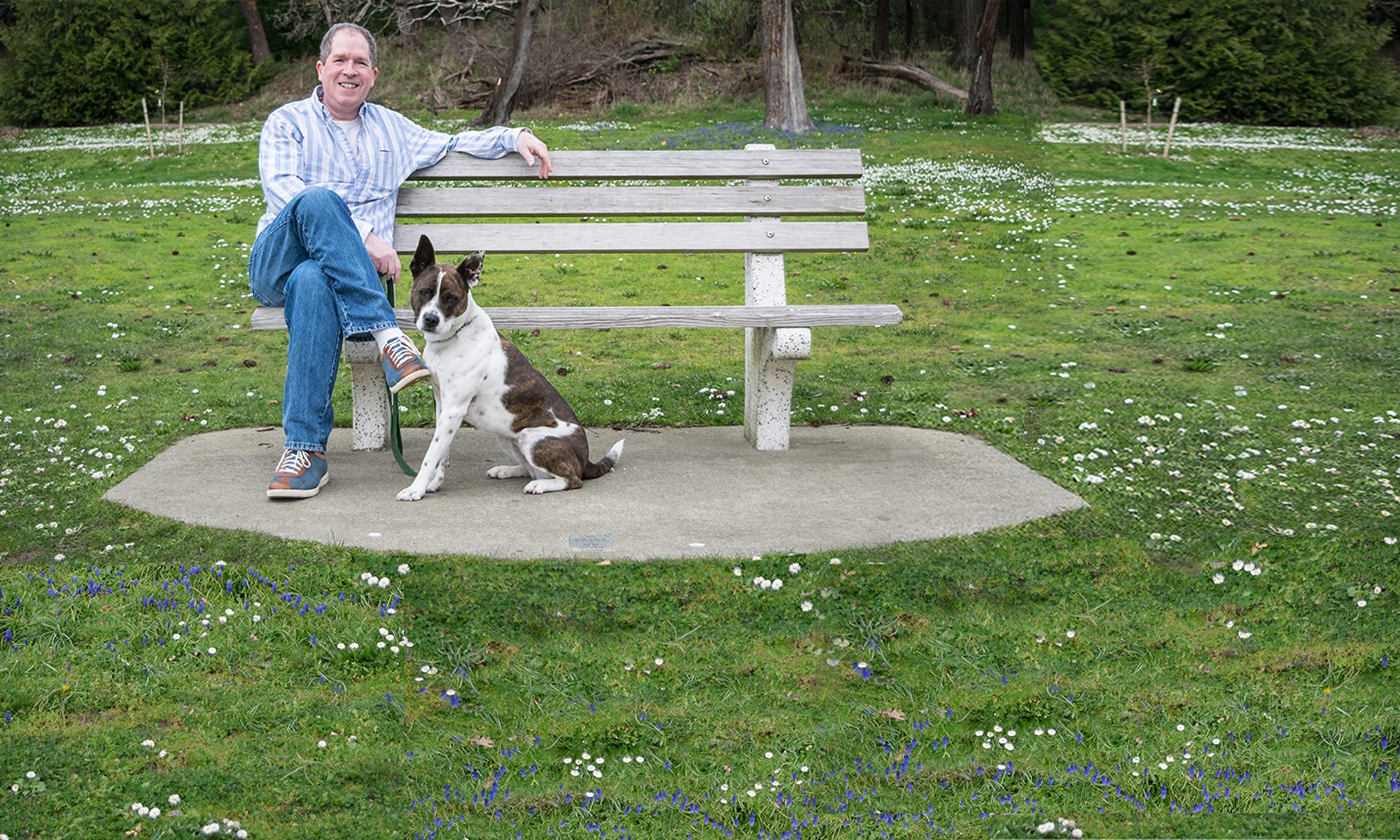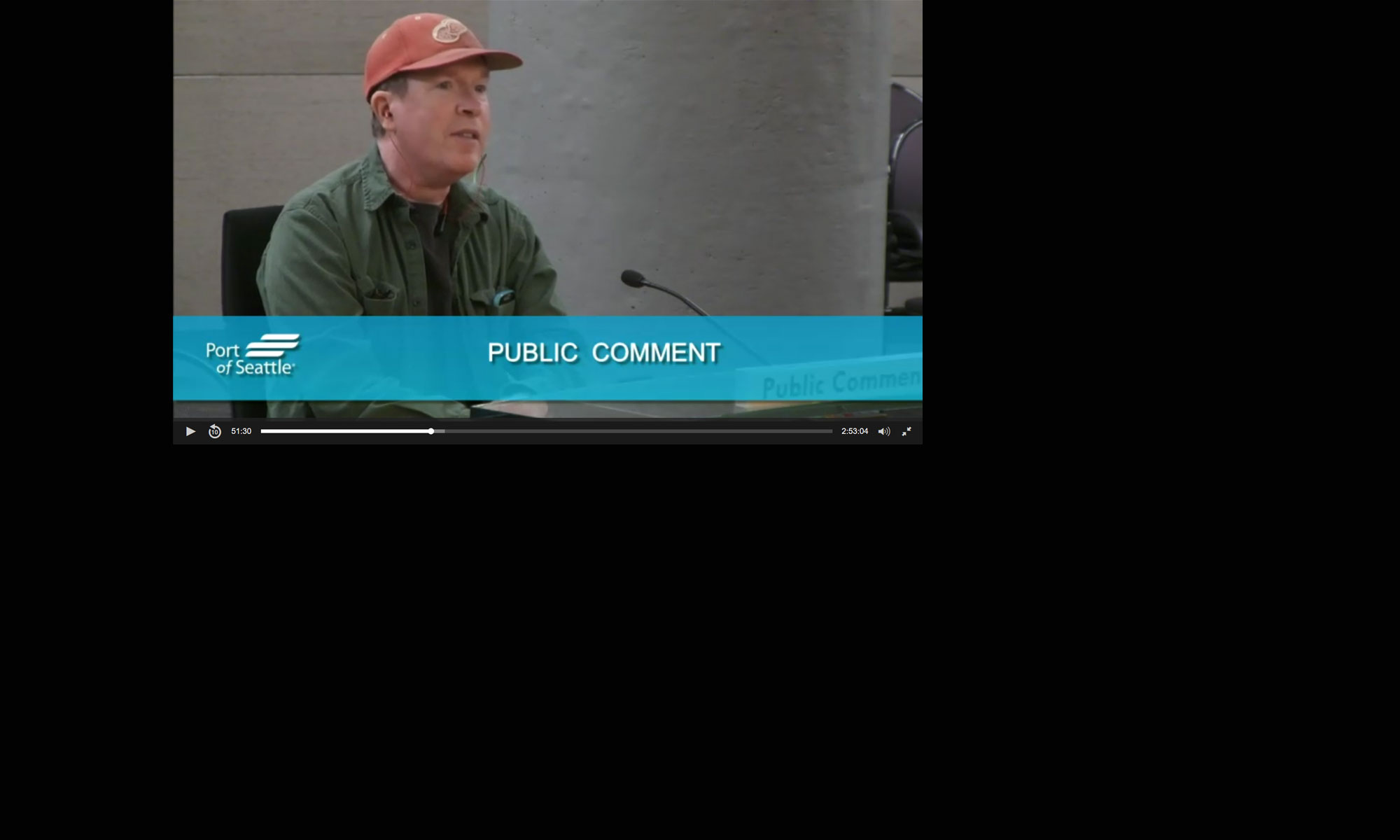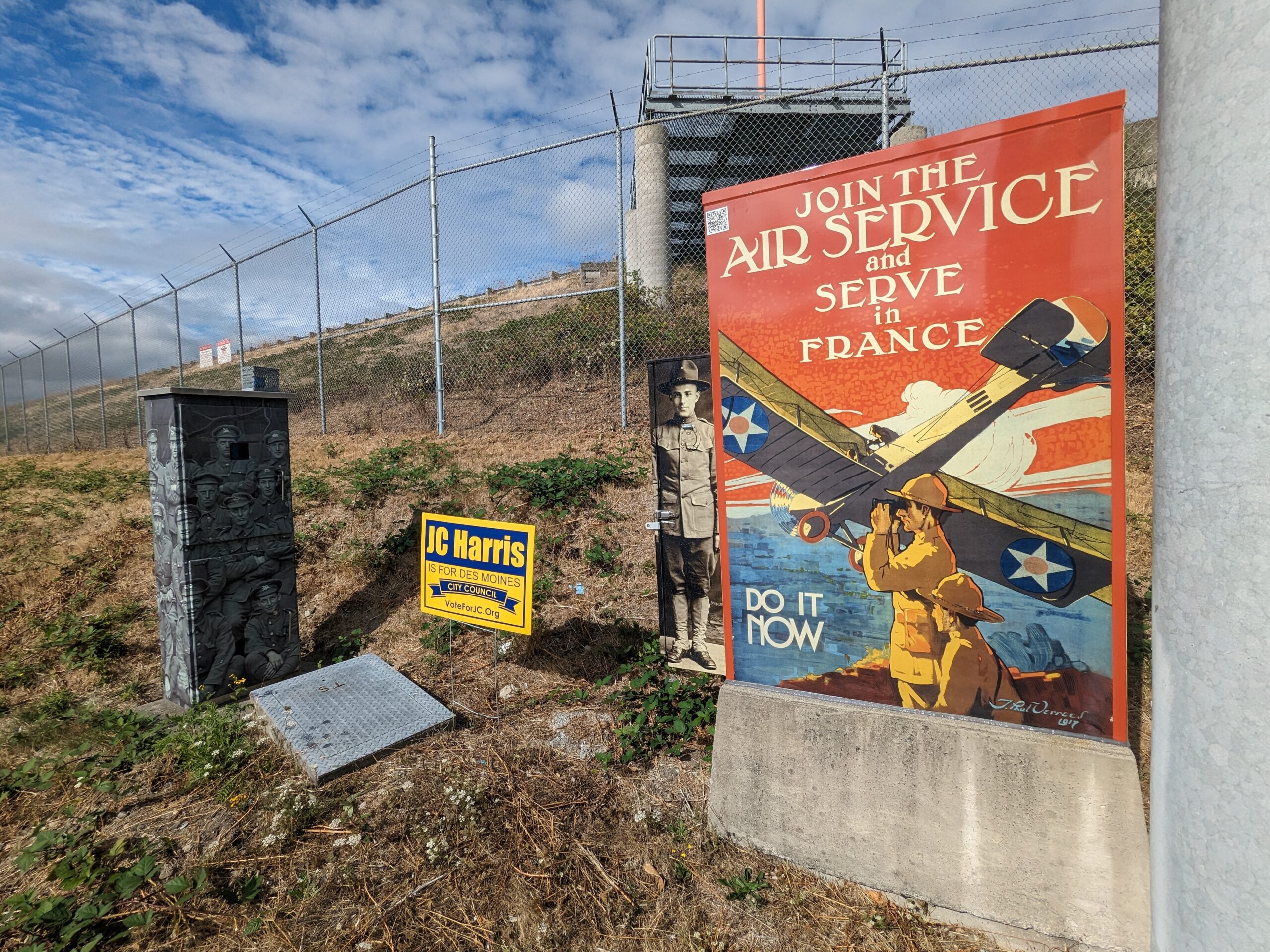“In years to come, when the young men of today are the old men of tomorrow those elms will have come into their full strength and beauty, an ever present reminder of the days when the Americans of the World War marched on French highways.”
Lt. Gov. W. J. “Wee” Coyle, at the dedication ceremonies, 1922.
This is the story of a grandly conceived tree–lined boulevard that was and could yet remain a significant landmark in King County, but through neglect and mistreatment, is today only a poor reflection of its former self. The history of Des Moines Memorial Way is a lesson about the fragility of our landmarks, the trade-offs that come with growth and change, and about the importance we place on our heritage.
World War I – The War to End All Wars
The United States declared war on Germany in 1917. The entry of American forces into the conflict was ultimately responsible for turning back the German offensive and leading to their surrender in November of 1918. The war was devastating. Over 13 million men and women died on the battlefield. An estimated 23 million more died of disease. More than 1 million French and German soldiers died at Verdun and nearly as many in Flanders. The number of Americans killed in the war was 37,000, with 98,000 casualties. From Washington State, there were 877 deaths and the total casualties numbered 3,070.
The U.S. emerged from the War with a sense of pride reflected in the patriotic songs, poetry, plays, novels and films of the period. The War has had a lasting effect on American culture. Familiar institutions, such as the VFW, the American Legion, military poster art, technological warfare, and voluntary disarmament originated or were substantially advanced during those years. Our traditional foreign policy of non-involvement was modified.
Planting trees along Des Moines Way after the war signified the community’s losses and its commitment to work for peace throughout the world. Des Moines Way represents a type of memorial popularized throughout America shortly after World War I and inspired by the tree-lined boulevards that American soldiers marched through in the French campaigns.
Washington State’s Road of Remembrance
In 1921, the Seattle Garden Club chose a meandering north-south road joining Seattle with Des Moines for a tree planting effort to honor those Seattle area men and women who had died in World War I. The High Line Road was, at the time, the shortest distance between Seattle and Tacoma and it was thought that in coming years, as it was paved and widened from the Pierce/King County line to Tacoma, it would also be the most heavily traveled route.
Mrs. Alexander F. McEwan, wife of a Seattle pioneer and philanthropist, headed an effort to develop an 8-mile long boulevard along the High Line Road from Des Moines to the Seattle city limits. Four-year-old elms, 8 to 12 feet high, were to be planted at intervals of 60 feet on either side of the road to create “a living canopy” for all those who passed under them.
Mrs. McEwan and others in the Garden Club sent out letters and press releases that stimulated support from many Seattle families, and civic and veteran groups. The subscription list for trees reads like a Who’s Who of Seattle: Ezra Meeker, D. E. Frederick, Mrs. Thomas Stimson, Mrs. John Collins, Lawrence Colman, Mrs. Henry Suzzallo, William E. Boeing, Col. C. B. Blethen, Mrs. Joshua Green, Samuel Hill, Judge and Mrs. Thomas Burke, and Mrs. D. E. Skinner.
As the project gained momentum, various officials in Seattle and King County, private clubs, patriotic organizations, and local businesses became involved: The Engineers Club. Young Men’s Business Club. Seattle Council of Minute Women, Summit School Class of 1922, Seattle Chapter, American Red Cross, Rainier Golf and Country Club, Women’s Democratic Club, Washington Regiment of the National Guard, American Legion, VFW, Disabled American Veterans of the World War, The Sunset Club, DAR, and many more.
The Dedication Ceremonies
A dedication ceremony on Armistice Day, 1921, was held at Sunnydale School, the halfway point between Seattle and Des Moines. Then, on January 14, 1922, planting of the trees began with another dedication ceremony at the school. Present were: Ezra Meeker, age 91 and one of the last of western Washington’s original pioneers. He turned the first spade of earth. Other dignitaries attending the ceremony were Governor Louis Hart, Lt. Gov. W. J. ‘Wee’ Coyle (a veteran of the war), the Mayor of Tacoma and Brig. Gen. Ulysses Grant McAlexander. He was “The Rock of the Marne,” who as commander of the 38th Infantry, checked the German advance on Paris at the second battle of the Marne. Rear Admiral John Hoogewerff and Henry Suzzalo attended, as well as Mrs. McEwan. Gold Star Mothers, Disabled Veterans, and the Consuls of England, France, Italy, Belgium and Japan participated. Boy Scouts placed small American flags on each tree.
That April, Marshal Joffre, “The Hero of the Marne” and WW I Commander of the French Army, came to the Northwest as the guest of Samuel Hill. He planted an American Elm across the road from the Sunnydale School on “The Road of Remembrance.” People turned out in large numbers to see him.
The Seattle Times reported: “Along the Pacific Highway for miles between Seattle and Sunnydale, small American flags fluttered in the breeze, one on each of the thousand and more memorial elms which have been planted in memory of our state’s heroes who made the supreme sacrifice…The latest tribute was paid to the heroic dead by the highest military genius of France, come here as a messenger of peace, directly from the Peace Portal at Blaine.”
In subsequent years, memorials were observed annually honoring all of the dead of America’s past wars. Over the next decade, the Boy Scouts maintained the trees on behalf of the Garden Club. By 1933, this responsibility had been turned over to American Legion Posts; Seattle Post #1 and Glendale (later Burien) Post #134, formed in 1935. An ongoing committee from these Posts took over custody of the trees from the Garden Club and the Scouts. Four years later, Judson Colburn, a member of the Legion, joined the committee to preserve the elms.
The Struggle to Survive as an Identifiable Landmark
The seeds for the elm trees’ uncertain future were sown in the very planting of them. In the rush to meet the schedule, there was reputedly little system to the planting and the trees were planted in whatever ground – topsoil or gravel – happened to be on the spot. Not much thought was given to maintenance, whether by adjacent property owners or concerned volunteers.
While no one could foresee the spread of Dutch Elm disease, which claimed its victims on Des Moines Way as it had elms everywhere, a number of the ‘blights’ that fell upon these trees were bureaucratic and could have been prevented. Much of that unfolded over the next 50 years as King County adjusted itself to provide sewers, utilities and phone service to new housing and business and accommodate increased car and truck traffic and the expansion of SeaTac Int’l. Airport. The trees lost their priority and became a continuing nuisance to the power and light companies, the County Dept. of Public Works, and other county and city agencies.
The American Legion was expected to take charge of any legislation needed for the protection of the trees and see that they were not destroyed. In the spring of 1932, Puget Sound Power and Light notified the committee that some of the branches were interfering with their wires and they would like to have them cut. Growth of the elms was presenting problems. For a time the branches were slashed at will. In 1957, Jud Colburn negotiated an ‘armistice’ with the companies involved, and more sensitive pruning of foliage was done, where needed, to preserve the beauty and shape of the trees. For a time, the county authorities recognized the Legion committee’s jurisdiction and would not authorize removal of trees without its consent.
One of the committee’s most difficult decisions was authorizing removal of a memorial tree at the junction of Glendale Way, South 120th and Des Moines Way, planted by Field Marshall Ferdinand Foch of France during his whirlwind tour of this country in late 1921.
According to Jud Colburn, “It was rammed by autos several times at that busy intersection, and it became a hazard. So I authorized its removal. After all, it wouldn’t do Marshall Foch any good if someone got killed by his tree…I hate to see any of the trees go, but I give permission, reluctantly, when common sense dictates.”
In 1963, the County removed trees to lay a 24-inch water main from S. 160th to S. 218th Street. In 1966, the stretch of Des Moines Way from Military Road to the Seattle City limits was widened from two to four lanes. The resulting visual loss of integrity of the boulevard was a major blow to those in the community who wanted to preserve the trees.
A Memorial in Stone
To replace the disappearing boulevard, Jud Colburn and his committee planned a permanent memorial; an 84-foot long wall of rose colored South Dakota granite with 20-four foot high slabs of granite engraved with the names of 1428 soldiers, sailors, and marines who had given their lives. The list was compiled from the donor list of trees and carved on the wall alphabetically, along with the donor’s name. The centerpiece of the wall was a 5 by 6-foot granite panel depicting the American Elm, taken from a photo of the Elm purchased in memory of the Blue Devils, the famous French regiment.
Funds for the monument ($17,000) were provided by Seattle City Light, Seattle City Water, Washington Natural Gas, Puget Sound Power and Light, and King County Roads and Parks Department – all of which purchased the right to remove the memorial trees from the American Legion. While the parties involved in this compromise considered the new memorial a fitting mitigation, the community, as a group and as rightful owners of the boulevard, has insisted upon the survival and conservation of the historic trees.
A site in front of Sunnydale School was donated by the State to the King County Parks Department. The dedication took place on September 15, 1963. Unfortunately, the stone memorial, though beautiful, is poorly sited along the roadway. It has become virtually invisible to speeding motorists; it is not, and never has been, a focal point.
Community Victories
Since 1963, the community has had some significant victories in preserving the memorial trees. The highway was classified a “scenic historic treasure” by the State Arts Commission. In the early 1970’s there were several attempts by the County to remove trees to widen various sections of the road, but in each case a citizen’s task force prevented the Public Works Dept. from proceeding. Residents also stopped the Seattle Water Department from removing trees to lay water pipe south of 156th Street. Due in part to Colburn’s discussions with authorities, alternate plans were suggested. A citizen’s committee appointed by King County Councilman Paul Barden in 1979 succeeded in adding the word “:memorial” to the name “Des Moines Way” and instituted a signage program along the entire length of the road.
Since 1970, the development of State Routes 518 and 509, the expansion of SeaTac Airport and the increase in business parks, self-service storage, car rental agencies, and apartment buildings along Des Moines Memorial Way further erode its integrity and attractiveness. In 1989 The University of Washington Center for Urban Horticulture completed a study of the remaining American Elm trees. This study was a cooperative effort of King County, Seattle City Light and Puget Power, undertaken to help guide the future of the memorial. With the incorporation of two cities carved from sections of unincorporated King County, SeaTac in 1990 and Burien in 1994, attention has been focused on quality of life improvements and public features in Highline. Parks, memorials, walking paths and sidewalks are receiving new attention. And new attention is being paid to the trees and the memorial on Des Moines Memorial Way.
Learning a Lesson
The historic preservation movement that has gained momentum in America in the past two decades has wakened interest in and appreciation for our past and for local reminders of that past. Cities and rural areas throughout the country have made broad efforts to preserve and protect their remaining links to the past. The communities of Highline are no different.
So we are left with these questions:
What is appropriate mitigation for damaged or removed memorial trees?:
Is Des Moines Memorial Way still a valuable community landmark?:
Should it continue to serve that role?:
Should we reevaluate its importance?:
How much of Des Moines Memorial Way has survived intact?:
What would need to be done to revive it for future generations?:
Is it worth the cost?:
Finally, if we recognize and support its continuing importance and the memories for which it stands, should we stimulate restoration efforts? How do we go about it? Who will pay for it? One of the first steps in evaluating this issue is to know its history – what you have just read and seen in this newsletter. The next step is to get involved.
The cities (SeaTac, Des Moines, Normandy Park and Burien), King County and the Port of Seattle have formed an interlocal working group to shape a vision for regenerating Des Moines Memorial Way. Puget Sound Energy, the Highline Historical Society, the Des Moines Historical Society, veterans’ groups and a number of interested citizens are also involved in the project. Planning has been done to make it possible to restore the historical nature of the road as it comes up on each jurisdiction’s public works calendar. This, in some cases, will involve replacing trees. In other cases (on the north end of the road) brass markers have been placed in the sidewalks to indicate the original placement of memorial trees. A memorial banner has been designed and a large number of them have been placed on power poles the length of the road.
Future work will involve restoration of the recently vandalized monument in front of Sunnydale School, perhaps moving it further from the road in order to make space for people to read it. Much work remains to be done on this continuing project. Citizens are requested to tell their respective city fathers that this is a worthwhile project and encourage their cities to remain involved in preserving the excellent piece of local history.
From the American Legion’s list of donors to the Memorial Tree Project:
- Tree No. 91 – Mrs. Anna H. Yates. $ 1.75 paid for her son, 2nd Lt. Howard Hopkins Van Voria, Co. C, 364th Infantry, 91st Division, killed Oct. 23, 1918 while locating a detachment of American troops who were cut off. He made a survey 10 days before at this place which enabled the troops to make an advance of 10 miles. Distinguished Service Cross.
- Tree 939 – Mrs. Jessie Noyes Chisholm entered YMCA services as entertainer in 1918. She enrolled in the Theatre League of America and traveled the “Candlelight Circuit” in France and the area of the Army of Occupation in Germany, Illness forced her return home and she died soon after reaching Philadelphia.
- Tree 1172 – R. A. Case. $1.75 paid for Darris Schalk, Pvt. 1st Class, Co. M, 23rd Infantry, 2nd Division. Killed Oct. 2, 1918 by piece of shell while on active duty as company runner in battle at Mt. Blanc Ridge. “ The death of young Schalk occurred under very touching circumstances. My son (Sgt. Lloyd Case) and he were company runners. The officer in command gave Case instructions to hastily deliver. Pvt. Schalk, hearing the command, exclaimed, “It’s my turn Case, I’ll go!” and just as he returned he was shot, dying in a few minutes. That brave unselfish act was his last.”



